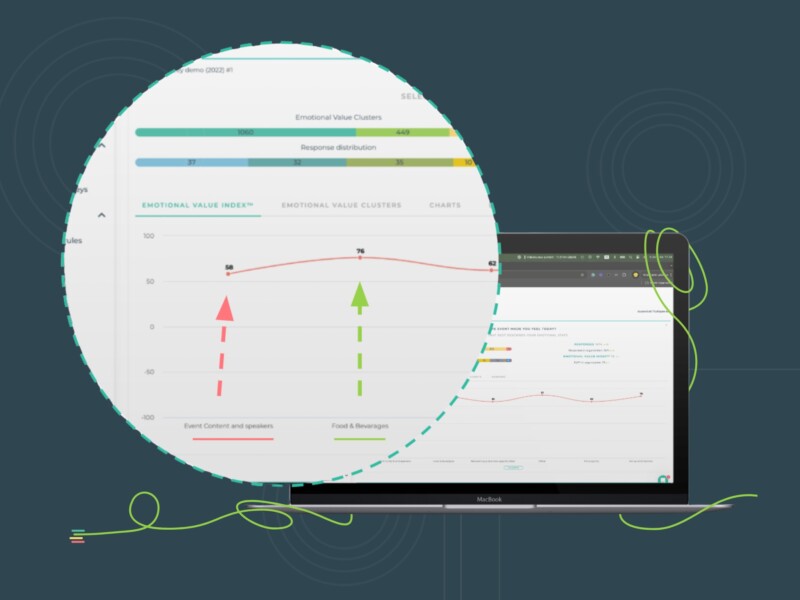The global pandemic, COVID-19 has subjected global activities to a lot of changes. As businesses are beginning to brace the new normal, it’s important to consider how customer perceptions, requirements, and behavioral patterns have changed over the course of time.
The digital space is an unignorable facet when factoring post-pandemic transformations. As the public has been compelled to adhere to social distancing measures, the importance of digital interactions has grown steadily. If you are keen to know about the primary digital changes that have affected customer experience as of recently, keep reading!
Data as a vital asset for businesses
The importance of big data and analytics has up-scaled massively in the post-COVID-19 phase as the conventional customer-business relationships and engagements have changed or altered. If the businesses need to know what customers are looking for at present and the complex pain points they face, they have to dig real-time and delayed data for analysis. This is because, as much as the pandemic has distanced commercial activities between people, it has triggered an increased use of digital devices and technology.
There was an explosion of novel content on the internet and an influx of user engagements on social media that contain crucial information for brands after COVID-19. People speak of the difficulties they face, conveniences they expect, and experiences of the post-pandemic world that’s a treasure trove in identifying their needs.
How do most customers reach you at present? How do you ensure you understand them from a distance and engage without the power of eye contact and physical gestures? You can only integrate these digital changes into your CX strategies with the help of data.
Growing complexity of customer journeys
At the peak of the crisis brought about by the pandemic, physical touchpoints started to wither. While social distancing measures being the primary factor for it, customers’ personal unwillingness to have direct contact with people also played a role. In the digital arena, online touchpoints started to increase as clients began to communicate with brands through a multitude of channels, and this practice is definitely going to last for a long time. The quality-conscious customers who preferred to step into the store and physically evaluate the products and make comparisons stepped back during the pandemic. Instead, what business received was a precautionary, safety-conscious customer who preferred reliable, trustworthy, empathetic brands that understood their needs effectively and delivered it to them.
The physical limitations have led to a detour, with customers seeking alternative paths to reach out to brands. If your website didn’t generate much traffic earlier, it is probably doing now or has more scope to do so. As a result, customer journeys have become more complex and dynamic. There’s a change of pain points and the nature of engagements. Customer experience is increasingly becoming about how to maintain humanized interactions in a digital way of life like never before.
The steady pace of digital trend acceleration
Next, the rapid speed at which digital trends are evolving has to be taken into account. The increase in digital touchpoints, changes in customer expectations, and business processes are only accelerating at a faster rate at present. Interestingly, they are long-term trends that are predicted to have lasting impacts in the field of CX. As customers’ preference towards virtual interactions increase, businesses that are more capable of adopting Artificial Intelligence (AI) into their activities have more scope for success. Moreover, if the nature of the product or service allows brands to have more virtual locations, they can gain a competitive advantage from it over others.
While these are some trends that are transforming the digital space amplifying its importance for customer-brand interactions more than ever, it’s possible to anticipate more long-term trends as well. As customers have drastically changed their purchasing behavior and the criteria for selection of brands to do business with, businesses have no choice but to embrace the new normal. It’s important to consider the “present customer” when designing fresh strategies.
Takeover
When considering the above changes, it is clear that Customer Experience (CX) as a whole has become a vital tool for brands to gain leverage and continue their business. The price, product, promotions, and place seem very insignificant when compared to factors that customers prioritize at present; emotional connection, trustworthiness, and reliability. So, it’s time to utilize the digital changes and enhance the experience you provide for your client base.
Listen also free recording of the webinar The Future of CX in the COVID-19 Era
How companies should move forward to the new normal, while keeping customers at the center of decision making?
In June 2020, CX Forum held a free webinar together with Richard Owen (CEO OCX Cognition and leader of the team that developed NPS) to find an answer to this topic. Listen the webinar and find out what they thought.




